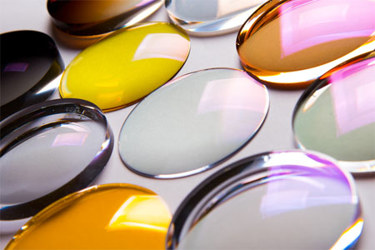LEDs And Multi-Bandpass Filters Work In Tandem To Transform Fluorescence Instrumentation
By Poul Svensgaard, Delta Optical Thin Film

Advances in LED technology and multi-bandpass optical filters are revolutionizing fluorescence-based analysis in bioanalysis, enabling compact and versatile instruments with increased precision. Fluorescence techniques are highly sensitive, often used in microscopy and flow cytometry to detect specific molecular structures in live cells. These tools allow researchers to perform multiplexed analyses, identifying and tracking multiple targets simultaneously, thus enhancing the detail and speed of data collection. Instruments that integrate multiple-wavelength LEDs and sophisticated optical filters, such as multi-bandpass filters, support applications requiring simultaneous excitation and detection across multiple wavelengths, essential for complex biological studies.
LEDs provide energy efficiency, durability, and cost advantages over traditional light sources, and their rapid switching capabilities make them ideal for dynamic analyses. Filters, optimized through techniques like magnetron sputtering, achieve precise wavelength control and durability, critical for real-time fluorescence studies. Combined with stable, quick-switching LEDs, these filters support robust, low-power devices suitable for clinical, industrial, and laboratory settings. Overall, these innovations are creating compact, low-maintenance fluorescence instruments that enhance experimental versatility, lower costs, and offer significant improvements for applications such as virus detection, immunofluorescence assays, and real-time biological studies.
Get unlimited access to:
Enter your credentials below to log in. Not yet a member of Photonics Online? Subscribe today.
